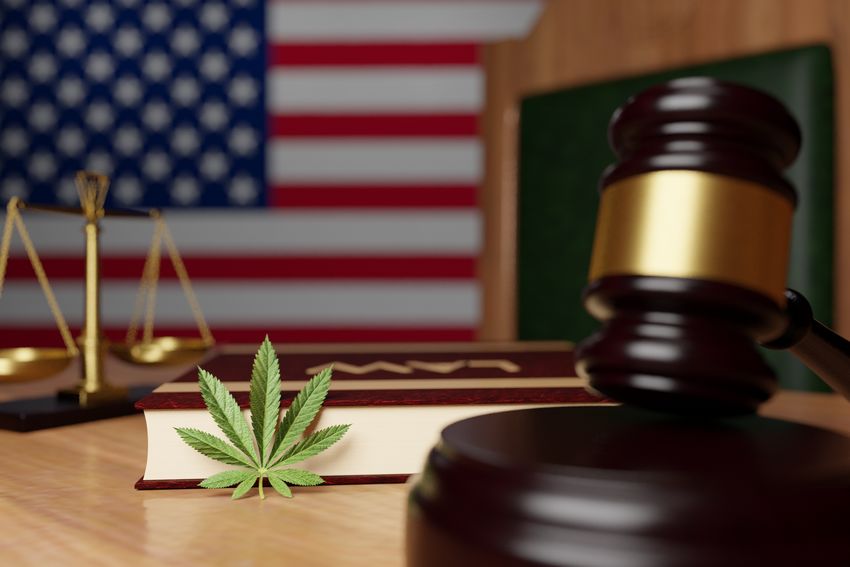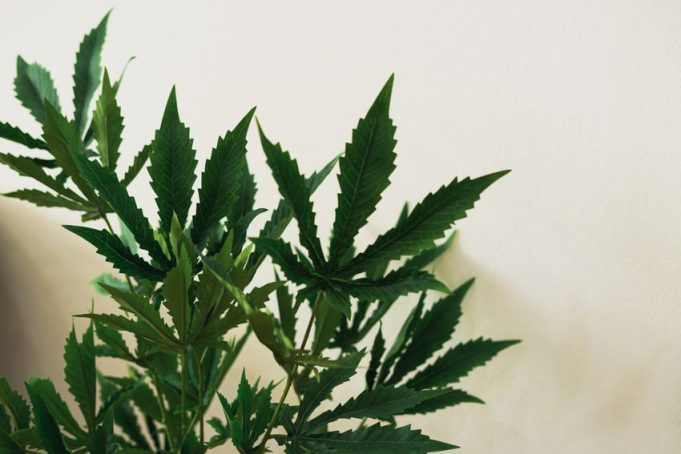Is pot the vaping’s future? The answer is yes, and here’s why.
In preparation for this column, I was reading up on recent news related to scientific studies and the harm reduction aspects of vaping. All I saw was doom and gloom in the headlines. Not to mention, I saw alarm and more fear related to youth vaping.
One such headline was published on the ‘mom life’ news website SheKnows.com and was simply republished through the search engine Yahoo to avoid the paywalls and restrictions on the post.
The headline reads: “Amid the Pandemic, Teens Are Vaping Again.” Moving into the article, the journalist who wrote it was reporting on the latest findings of the National Youth Tobacco Survey conducted by the United States Centers for Disease Control and Prevention and the Food and Drug Administration.
The survey indicates that young people are still vaping, despite measures set in motion by the federal government (including a lift in the minimum legal sales age during the tenure of controversial President Donald Trump) and the impacts of the Covid-19 pandemic on the nation’s overall public health infrastructure.
This article was a bummer to read, and doing so led me to a conclusion that some of you might not like to even consider.
My thoughts on this
Let’s be honest. The nicotine vaping industry faces the challenges of monopolization and regulatory intervention, making it a much higher-risk economic segment than it was just a few years ago.
The Food and Drug Administration and the past three U.S. presidents have essentially destroyed the domestic vaping market, leaving the world’s largest tobacco companies to remain and eat up small businesses, DIY, synthetic manufacturers, and others. One thing that these large tobacco companies have in common is an unlimited sum of money and resources to sway public opinion, public policy, and public health in a way that favors them. Where does this posturing leave the vaping industry?
Nicotine vaping’s future remains uncertain, but prospects aren’t all gloomy. At least in the United States and several countries in the Western Hemisphere, marijuana legalization presents the vaping industry with a sustainable and virgin market for growth and innovation. Marijuana is vaping’s future, and this is why.
Marijuana legalization is key

The whole concept of vaping developed from humble beginnings and the innovations of consumers looking for new ways to use nicotine and, eventually, switch from the extreme act of smoking.
Marijuana, in my view, is still currently in this phase of humble beginnings. It is true that in the United States, there has been an emerging medical marijuana industry that’s patchworked across several states in the union. Colorado also became the first state in the country to legalize recreational marijuana possession and regulate the sale of marijuana for individuals aged 21 years or older. But, the effort to legalize has finally hit a fever pitch, and now 19 of the 50 U.S. states have already legalized recreational marijuana sales for adults, possession, and private usage policies.
Vaping Post reported recently that several states will vote on marijuana legalization in the upcoming 2022 midterm election.
If more states adopt legal weed, it is only a matter of time before national efforts reach their pinnacle and Congress will finally take steps to legalize recreational marijuana for the entire country.
Nevertheless, marijuana has developed and continues to develop into an inter-sectoral industry where its legalized. And, with that, the rise of marijuana vaping and the vastness of this segment are emblematic of what the vaping industry can expect in the future.
Marijuana’s continued growth and the general public’s perception as of 2022
Grand View Research, a market intelligence firm, projects the domestic legal marijuana industry will be worth $102.2 billion in 2030. For 2022, the same market intelligence report suggests that the domestic market will be $16.7 billion. Grand View notes a combined annual growth rate of 25.5 percent each year between now and 2030, based on total market data from 2016 to 2021.
That, my friends, is insane growth. More conservative estimates place marijuana’s domestic growth at barely over $10 billion for 2022. But, I am keener to believe in Grand View Research’s projections. I digress, though. I don’t need to be even more clear, but marijuana is expected to grow in the United States and in Europe and the vaping industry is already invested in that growth.
From a different point of view on the growth potential, let’s try and consider some of the polling data for the upcoming election.

3 in 5 U.S. voters support legal marijuana nationwide. Morning Consult and POLITICO recently published these findings probing the current political and economic views related to the issue. 3 in 5 is 60 percent of all U.S. voters, based on the model that the poll used to measure the opinions. Only 27 percent said marijuana should remain illegal on the national level. These are also similar numbers to another survey conducted in December 2020 by both Morning Consult and POLITICO. 71 percent of voters who identify as Democrats, 61 percent of voters who identify as independents, and 47 percent of voters who identify as Republican support the legalization of marijuana, proving it to be a very bipartisan issue.
Do note that 41 percent of voters who identify as Republican oppose the concept of legal marijuana nationwide. People of color are more likely to be in favor of legalization. 58 percent of voters of European descent are in favor of legalization. The majority of voters under the age of 65 years old support legalization across the age brackets. It is also a commonly held viewpoint that the war on drugs made the prohibition of marijuana much worse.
It should also be noted that President Joesph R. Biden recently announced his administration’s plan to pardon thousands of low-level offenders of marijuana possession in a bid to boost social and institutional justice in a system that is notoriously biased against people of color, especially members of the African American communities across the entirety of the United States.
The federal Department of Labor also announced that it is willing to help ensure that those who are pardoned under Biden’s plan will receive assistance. Labor Secretary Marty Walsh said that one component of the president’s plan is to ensure that those who are pardoned will be able to acquire “good employment.”
Regulators are more poised to reform marijuana than nicotine vaping
In another component, the federal government is more willing to work on reforming and boosting access to legal marijuana. Health and Human Services Secretary Xavier Becerra recently announced that his department, including the Food and Drug Administration, will move as quickly as it can to review the status of marijuana under the law, or in other words, its scheduling, per the directives of the White House and President Biden. The department will work with the Department of Justice and the Drug Enforcement Agency to approach marijuana descheduling and the subsequent decriminalization in a manner that is very equitable and balanced.
This is very important to note given that these same agencies, in some regard, have limited access to nicotine vaping products even more than ever and continue the sale of tobacco cigarettes. Keep in mind, I find this to be very hypocritical. But, in a state of pure pragmatism, the fact that the Department of Health and Human Services is willing to take presidential directives seriously is a trusting component to seeing marijuana stay at the forefront.
To conclude, these reasons feed my thesis: vaping’s future will be reliant on the legal marijuana market. While some of you might be opposed to the concept of legal marijuana, the vaping industry is already integrated into the growing segment of marijuana.
There are THC-containing vapes, CBD vapes, and a plethora of marijuana derivatives being integrated further into vaping products and vaping consumer culture. Much still needs to be done, but I still see a future where vaping exists and thrives.
Just add the weed.








